Dark eye circles are one of the most common cosmetic concerns faced by men and women alike. These pesky shadows under the eyes can make you look tired, stressed, and older than you feel. But what really causes dark circles, and are there effective ways to treat them? The good news is that with the right approach, dark eye circles can be reduced, giving you a more refreshed and youthful appearance.
In this article, we’ll explore the underlying causes of dark eye circles, dispel common myths, and examine the best treatment options available today. Whether your dark circles are due to genetics, aging, or lifestyle factors, this guide will help you understand what’s happening under your skin and how you can achieve brighter, more vibrant eyes.
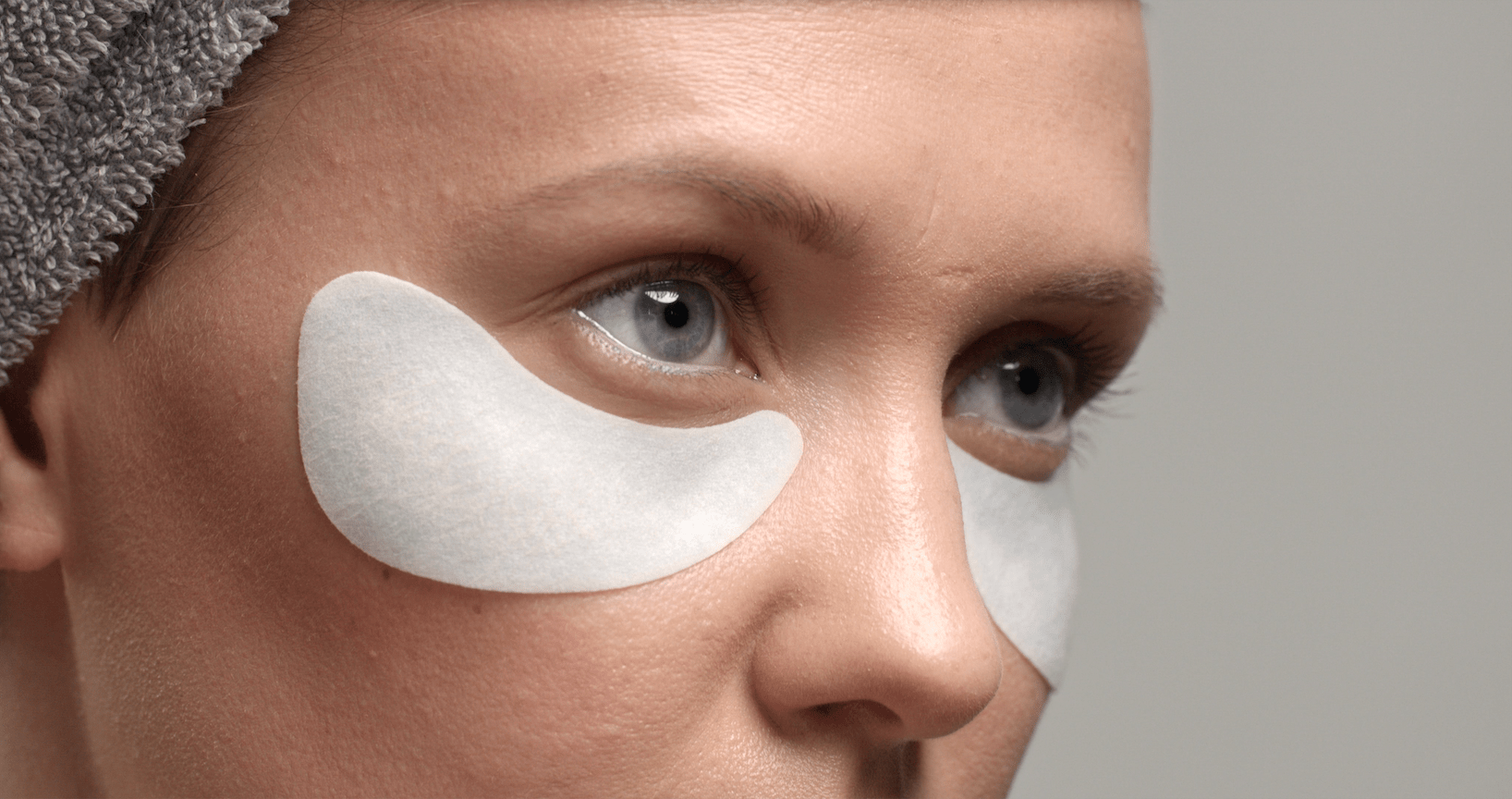
What Causes Dark Eye Circles?
Dark circles under the eyes can be caused by a variety of factors, and understanding the root cause is essential for choosing the most effective treatment. Here are the most common causes of dark eye circles:
1. Genetics and Skin Type
For many people, dark eye circles are simply hereditary. If you have a family history of dark circles, you’re more likely to develop them as well. This is especially true for individuals with thinner skin or a lighter complexion, where the underlying blood vessels are more visible. Thinner skin around the eyes allows more of the underlying blue or purple blood vessels to show through, making dark circles more pronounced.
2. Aging and Loss of Volume
As we age, the skin naturally becomes thinner, and we lose fat and collagen, particularly in the delicate area around the eyes. This can cause the area under the eyes to appear hollow or sunken, which accentuates the appearance of dark circles. The loss of volume in this area also makes blood vessels more visible, further contributing to the dark, shadowy appearance.
3. Poor Blood Circulation
Sometimes, dark circles are the result of poor blood circulation. When blood vessels under the eyes become dilated or congested, the blood flow slows down, leading to a pooling effect that makes the skin appear darker. This can be exacerbated by lack of sleep, dehydration, or even allergies.
4. Lifestyle Factors
Your lifestyle can also have a significant impact on the development of dark eye circles. Common lifestyle factors that contribute to dark circles include:
- Lack of Sleep: Not getting enough rest can make dark circles more noticeable by causing the skin to appear dull and pale, which highlights the blood vessels beneath the skin.
- Dehydration: When your body is dehydrated, the skin under your eyes can appear dull and sunken, enhancing the look of dark circles.
- Allergies: Allergies can cause inflammation and swelling around the eyes, leading to puffiness and dark circles. Rubbing your eyes frequently can also worsen the problem.
5. Pigmentation Issues
For some individuals, dark eye circles are the result of hyperpigmentation. This is particularly common in people with darker skin tones, as they are more prone to excess melanin production. In these cases, the skin under the eyes may appear darker due to an overproduction of pigment.
Debunking Common Myths About Dark Eye Circles
There are many myths surrounding dark eye circles, and it’s important to separate fact from fiction when seeking treatment. Let’s debunk a few of the most common misconceptions:
- Myth 1: Dark circles are only caused by lack of sleep.
While lack of sleep can certainly make dark circles worse, it’s not the only cause. Genetics, aging, and lifestyle factors all play a role in the development of dark circles. - Myth 2: Drinking water alone will get rid of dark circles.
Staying hydrated is essential for healthy skin, but it’s not a cure-all for dark circles. While hydration can help improve skin texture and elasticity, it won’t eliminate dark circles caused by genetics or aging. - Myth 3: Cucumber slices will magically erase dark circles.
While cucumber slices can temporarily soothe and cool the skin, they won’t make dark circles disappear. Dark circles require targeted treatments that address the underlying cause.
How Can You Get Rid of Dark Eye Circles?
Fortunately, there are several effective treatment options available for reducing the appearance of dark circles. At CS Medical Aesthetics, we offer a range of treatments that can help rejuvenate the skin under the eyes and restore a more youthful, vibrant look.
1. Skin Boosters for Dark Eye Circles
One of the most effective treatments for dark eye circles is the use of skin boosters. Sunekos, in particular, is designed to rejuvenate the delicate area under the eyes by stimulating collagen and elastin production. This treatment works by improving the skin’s hydration and elasticity, which reduces the appearance of dark circles and fine lines.
How It Works: Sunekos is injected into the skin to promote tissue regeneration. By restoring volume and hydration to the under-eye area, it minimizes the appearance of hollow, sunken eyes and reduces the dark, shadowy appearance.
Results: Patients typically see a noticeable improvement in their dark circles after a series of 3 to 4 treatments, spaced a few weeks apart.
2. Dermal Fillers for Tear Troughs
For individuals whose dark circles are caused by volume loss, dermal fillers can be an excellent solution. Tear trough fillers, such as hyaluronic acid, can plump up the hollow areas under the eyes, making dark circles less visible.
How It Works: The filler is injected into the tear trough area, lifting the skin and reducing the shadow effect that contributes to dark circles. This treatment provides immediate results, with minimal downtime.
Results: Tear trough fillers can last anywhere from 6 to 18 months, depending on the type of filler used and how quickly your body metabolizes it.
3. Medical LED Therapy
LED light therapy is another non-invasive option for treating dark circles. Medical-grade LED therapy uses specific wavelengths of light to target pigmentation issues, improve circulation, and reduce inflammation.
How It Works: The LED light penetrates the skin and stimulates cellular activity, promoting better blood flow and reducing the appearance of dark circles. This treatment is painless and requires no downtime.
Results: Patients may see gradual improvement after a series of LED treatments, typically spaced a week apart.
4. Lifestyle Changes
While professional treatments can significantly reduce dark circles, lifestyle changes can also make a big difference. Incorporating the following habits into your routine can help maintain the results of your treatments and prevent dark circles from worsening:
- Get plenty of sleep: Aim for 7 to 9 hours of quality sleep each night to allow your skin to repair and regenerate.
- Stay hydrated: Drink plenty of water throughout the day to keep your skin hydrated and plump.
- Use sunscreen: Protect the delicate skin under your eyes from UV damage by wearing sunscreen daily.
- Avoid rubbing your eyes: Rubbing your eyes can cause irritation and inflammation, which can worsen dark circles.
Conclusion
Dark eye circles are a common cosmetic concern, but they don’t have to be permanent. By understanding the underlying causes and choosing the right treatment options, you can achieve brighter, more youthful-looking eyes. Whether you opt for skin boosters, dermal fillers, or LED therapy, the experts at CS Medical Aesthetics can help you find the best solution for your skin. Contact us today to schedule a consultation and learn more about how to effectively treat dark eye circles.
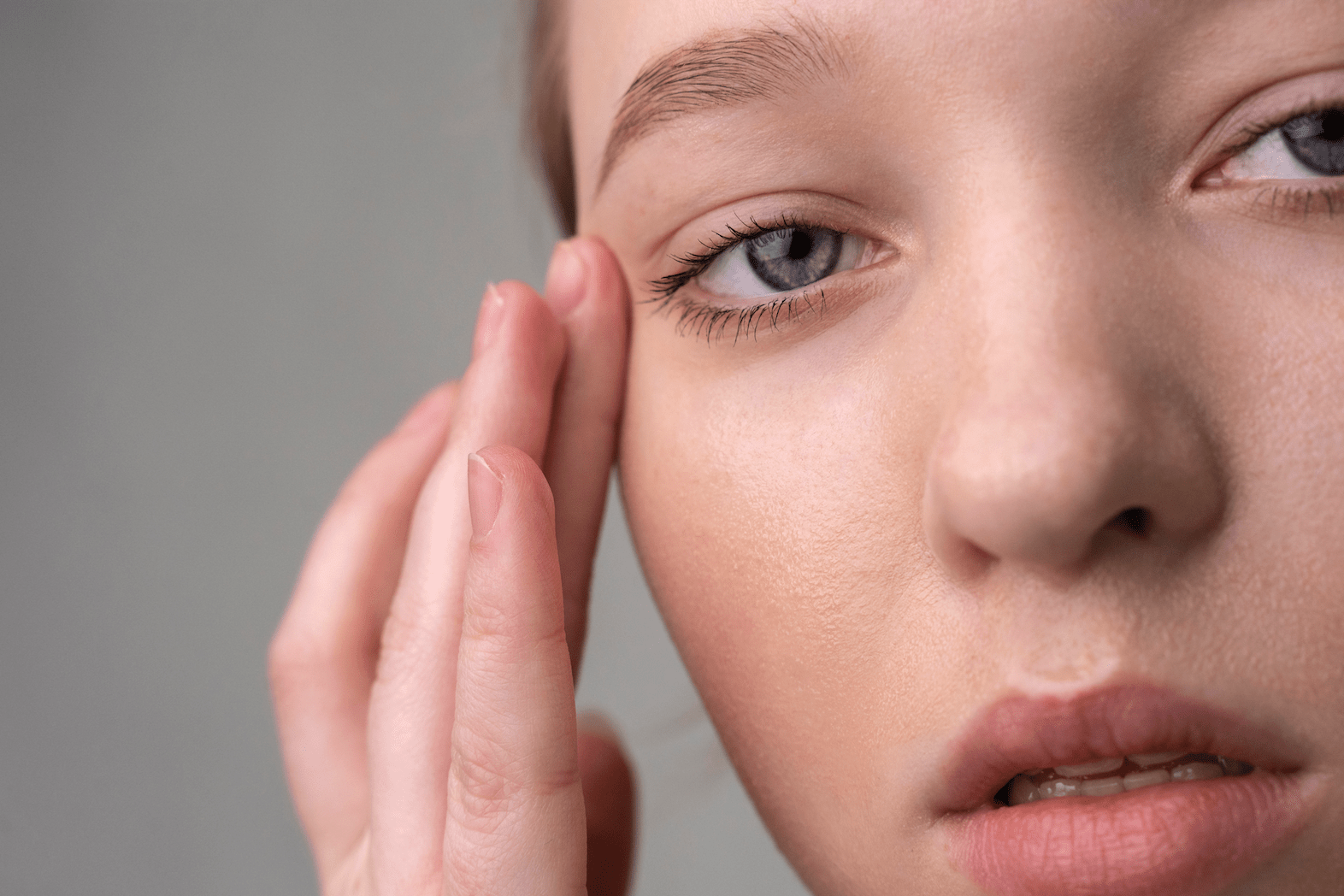



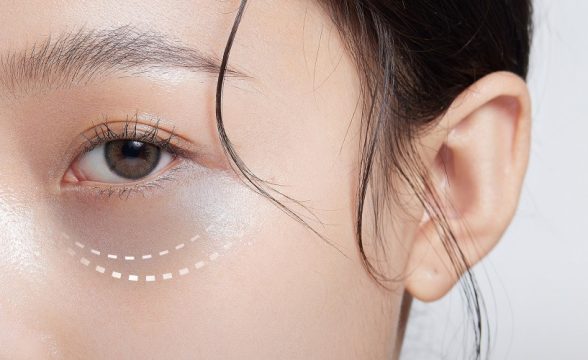
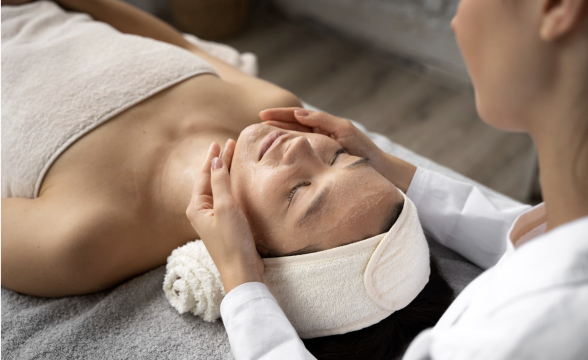
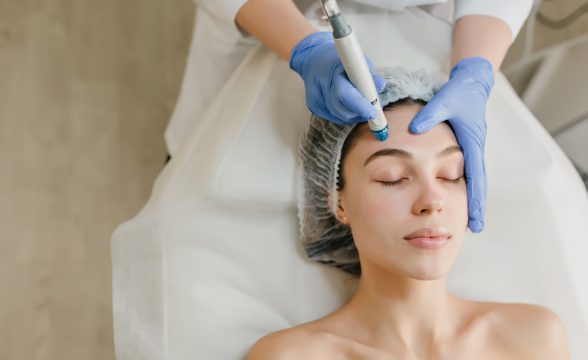

 @csaesthetics.sg
@csaesthetics.sg 


